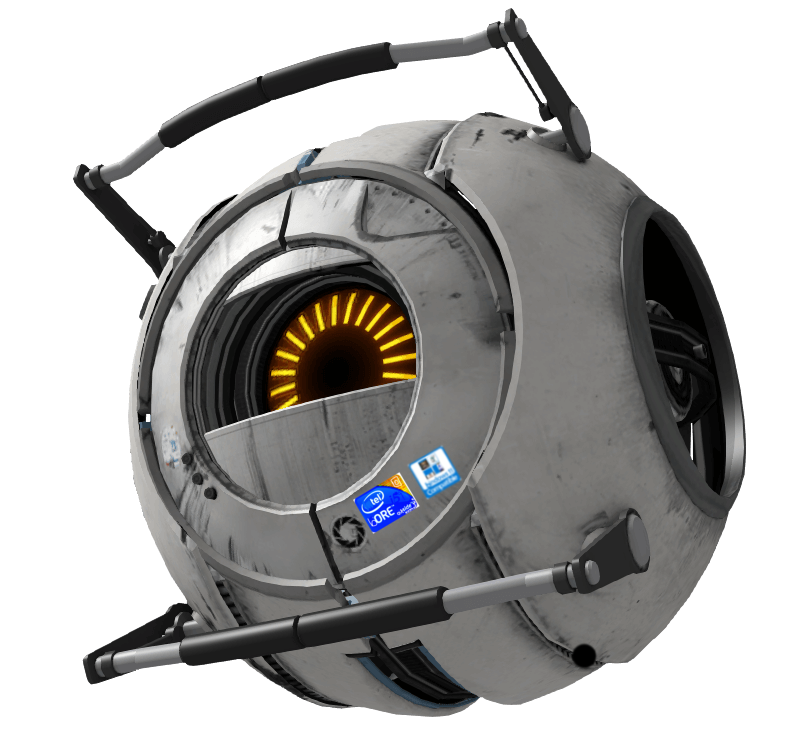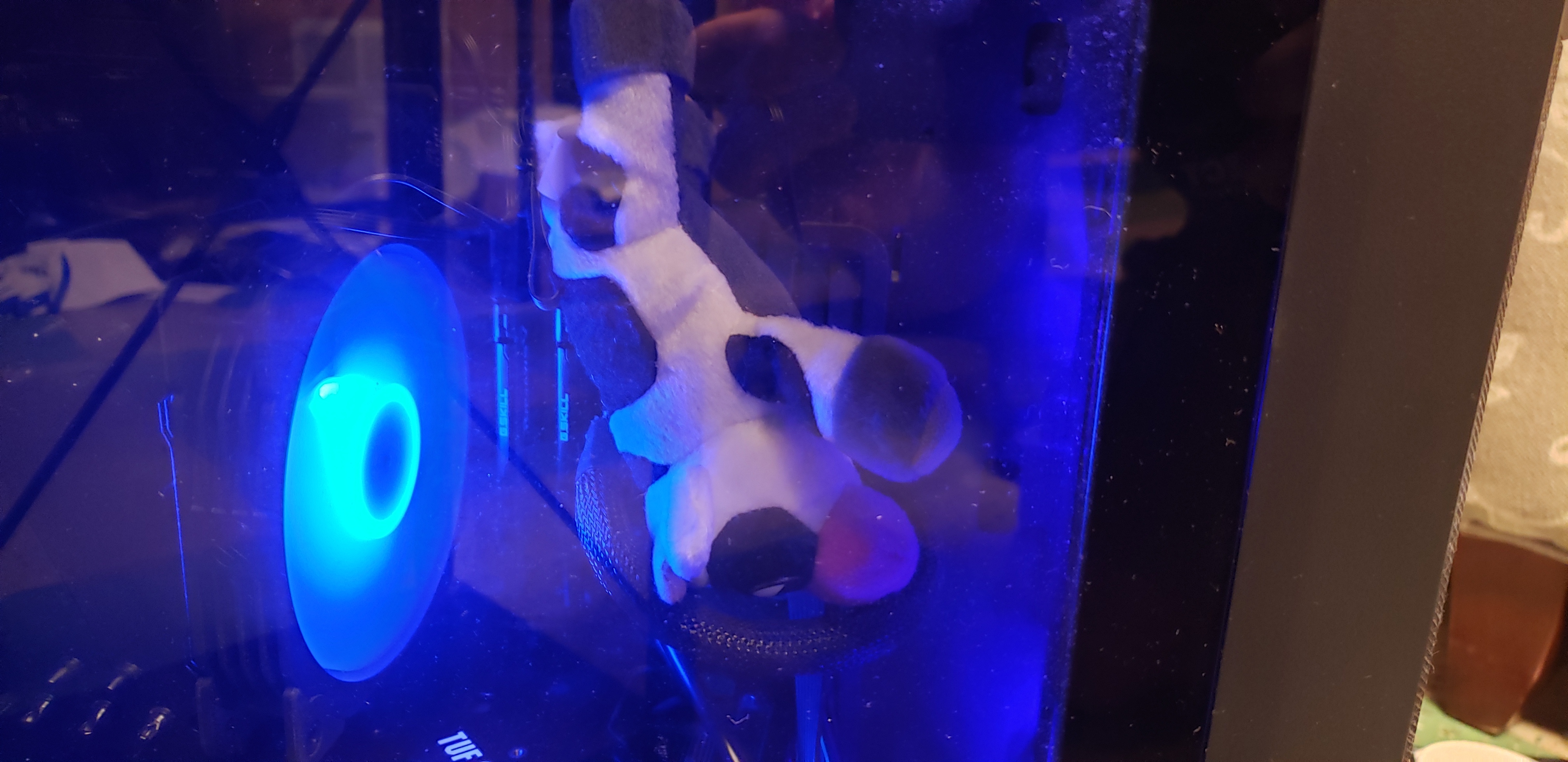Blog post alert
Let me start off by saying: If you just want to have a working system to do your thing with minimal effort, Slackware isn’t for you (anymore).
Running Slackware today is like being gifted a Ford Model T by a weird, bearded museum curator, and then finding out that after some minor modifications and learning how to drive it, you can keep up with any modern car on the road. Only it has no ABS, AC, power steering, starter motor, crumple zones, airbags or seatbelts.
Most people who still run it (by any realistic estimate, fewer than 10000 people in the world now) have been running it since the 90’s and follow the advice not to change a running system to the letter. So why should anyone who hasn’t studied CompSci in Berkeley in the 90’s try it today?
First of all, the most widely known criticism (it has no dependency resolution) is a bit of a misunderstanding. Slackware is different. The recommended installation method is a full installation, which means you install everything in the repository up front. That way, all dependencies are already resolved. And you have a system you can use equally well on a desktop or server. It uses 20GB but disk space is essentially free now.
What if you need something that isn’t in the repo? Well, do whatever the fuck you want. Use Slackbuilds, which aren’t officially supported but endorsed by Slackware’s dev. Use Sbopkg, a helper script with dependency resolution very much like Arch’s AUR helpers. Use the repos of sister distros like SalixOS that include dependency resolution. Install RPM packages. Install Flatpaks. Unpack tarballs wherever you want them. Go the old school way of compiling from source and administering your own system yourself. Slackware doesn’t get in the way of whatever you want to do, cause there’s nothing there to get in the way.
It’s the most KISS distro that exists. It’s the most stable one, too. Any distro-specific knowledge you acquire will stay valid for decades cause the distro hardly ever changes. It’s also the closest to “Vanilla Linux” you can get. Cause there really isn’t anything there except for patched, stable upstream software and a couple of bash scripts.
Just be mindful of the fact that Slackware is different (because the Linux ecosystem as a whole has moved on from its roots).
One example:
Up-to-date Slackware documentation isn’t on Google, it’s in text files written by the guy who maintained the distro for 31 years, which come preinstalled with your system. Or on linuxquestions.org, where the same guy posts, asks for input from users, and answers questions regularly.
It’s still a competent system, if you have the time and inclination to make it work. And it’s a blast from the past, where computing was about collaborating with like-minded freaks on a personal level. And I love that.
I run slack with no gui as my webserver.
…been running it since 2001, guilty as charged lmao
Regular Slackware user here.
The biggest reason I use Slackware personally is that it’s the only distro I’d consider a “full system” out of the box. What that means, is that I install it, and I don’t really install much outside of the repos.
For example, the
kdeset comes with pretty much every KDE app. I do mean all of them. With other distros, I either have to go hunting for what packages are named what in the repos and spend hours getting everything setup and installed. While on Slackware, I pick the partitions, install, and I have a full desktop with everything I could possibly need.Some would say “Oh, but that would take a lot of disk space.”, and funny thing about that, is with BTRFS compressio enabled. A full install of Slackware is only 4gb =P
Nice to hear from a current slackware user. Quite often these threads are populated by arch and gentoo users speculating or reminiscing about a time they used it once for a month while they were still in school.
You’ll also be probably shocked to hear that i’m a Slackware user in their 20’s =P
Been using Slackware going on 3 years now.
Not really. The only people I expect to have time to use Slackware non professionally are students.
I’m not a student, I got a full time job =P
I stand corrected.
Ngl i would try running the popular distros or a distro based on the popular distro
Not all distros need to appeal to the mainstream. Diversity is a good thing in and of itself. In biology, it makes ecologies more robust, and there’s no reason it shouldn’t do the same for a software ecology.
The day when there’s no longer a place in Linux for Slackware, Gentoo, LFS, Alpine, and other independent non-mainstream distros is the day I move to BSD.
I’ve used slackware more or less exclusively since the late 90s. It’s been my daily driver since I deleted my windows XP partition some time in the early 00s. It’s really all I know. Sure, I can find may way around a .deb based system when I have to. I’m also likely to apt install something, say yes to 50 dependencies, brick my system and have no idea what did it.
I love to tinker, and I love to learn. There’s no shortage of either in Slackware, and that’s why it’s not for everyone. And I don’t mean that in an “i use arch btw” way. I’m an intermediate user at best. I ask for help way more than I provide help. Lucky for me I’ve made some good friends in the Slackware community over the years.
“If you want to know how Linux works, ask a Slackware user.”
I’ve mentioned this a lot lately, but I used Slackware from the late 90s (3.x days) until about 2009 on my desktop and laptop, and about 2017 on my server. I just got tired of dealing with dependencies and switched to Debian (all three run Debian now). I had the CD subscription and would automatically receive the latest version about twice a year.
Patrick Volkerding (if my memory is accurate) has my utmost respect, and I do feel a little bad about abandoning it, but I just didn’t have the time to deal with it any more.
“If you want to know how Linux works, ask a Slackware user.”
apparently Linux works like this:
./configure missing x download x.tar.gzip tar -xf x.tar.gzip cd x ./configure missing y download y ... something something... make make install
I did once try to get started with Slackware when I was a teenager. It was on a cover CD for Linux Format about twenty years ago. I never managed to get it running and gave up on Linux for a while as a result.
I’m a little perplexed as to what it exists for, to be honest.
It doesn’t exist for anything really. It still exists because some people still find it worthwhile to maintain it, and some people still find it worthwhile to run it.
I think you might be interpreting my comment a little too literally. Perhaps I could instead word it as “I don’t know what the appeal is - to me it doesn’t seem anything other than an oddly archaic OS”. What’s its USP, so to speak?
I had something similar when I tried running SUSE in about 2005. Shortly after I discovered Ubuntu and found that it made package management and maintenance easy and from there I was able to start using the system to get things done. Whilst I don’t currently use Linux on my personal machine, I do use it on my work machine inside WSL2, on servers at work and at home.
I’ve never even entertained the notion that Slackware would be something I might use - because it seems clunky for the sake of clunk. Am I missing something here? Or is the clunk the appeal, like how lots of people like really awful B-movies?
It’s a system that doesn’t do anything you didn’t do, so you know what it does.
It never changes so your workflow stays the same forever.
You can control the startup process in detail, it’s all bash scripts.
It comes with a wide variety of software pre installed so no matter if you’re running a server or desktop you can start using it right away.
There’s no “Debian way” or “Fedora way” of doing things, it makes no assumptions about how you use your system. Put your files wherever you want. Add whatever repos and additional package managers you like. Run it with sudo, create multiple users or run everything as root, it’s your system.Interesting. That makes sense. Thanks for explaining. It doesn’t appeal to me but I can certainly relate to the frustration of changes breaking established workflow.
Is my summary here correct?
- slackware installs all software in its repos by default.
- there’s no package management or dependency resolution. If you want to delete something, or install something, you do that on your own
It does also have third party repos such as sbopkg. This does a bunch of the movement for you when installing packages though you still need to manually install dependencies, BUT If you also add sboui which is a front end package resolution for dependencies then the process is much faster. I like the stability of Slackware, and also because its helps me get better for when I try the BSD since its very much like them as well.





